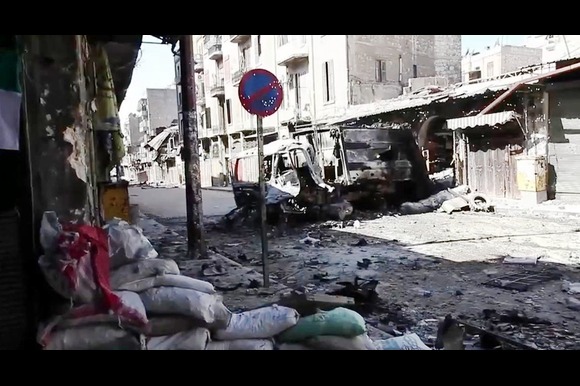
Scott Bobb reports from Aleppo, Syria
The death toll from two days of confrontations between security forces and supporters of ousted Syrian President Bashar Assad, along with subsequent acts of retribution, has exceeded 600, according to a war monitoring organization reported on Saturday. This incident represents one of the most lethal episodes of violence since the onset of Syria’s conflict 14 years ago.
The clashes, which began on Thursday, signify a significant escalation in the challenges faced by the new government in Damascus, occurring three months after insurgents assumed control following Assad’s removal from power. The government has asserted that its actions were in response to assaults from remnants of Assad’s forces and has attributed the widespread violence to individual acts.
The retaliatory killings initiated on Friday by Sunni Muslim gunmen loyal to the government against members of Assad’s minority Alawite sect pose a substantial setback to Hayat Tahrir al-Sham, the faction responsible for the former government’s overthrow. The Alawite community has historically constituted a significant portion of Assad’s support base.
Residents from Alawite villages and towns recounted to The Associated Press incidents in which gunmen targeted Alawites, predominantly men, in the streets or at their doorsteps. Numerous Alawite homes were reported to have been looted and subsequently set ablaze in various locations, as two residents from Syria’s coastal region shared with the AP from their concealed positions.
They requested that their identities remain confidential due to concerns for their safety from gunmen, noting that thousands have sought refuge in the nearby mountains. Residents of Baniyas, one of the towns most severely affected by the violence, reported that corpses were scattered across the streets or left unburied within homes and on rooftops, with no one able to retrieve them. One resident recounted that gunmen obstructed efforts for hours to remove the bodies of five neighbors who were shot at close range on Friday.
Ali Sheha, a 57-year-old resident of Baniyas who escaped with his family and neighbors shortly after the outbreak of violence on Friday, stated that at least 20 individuals from his neighborhood, predominantly Alawites, were killed, some while in their shops or homes. Sheha characterized the assaults as retaliatory killings against the Alawite minority for the actions of Assad’s government. Other residents indicated that the gunmen included foreign fighters and militants from surrounding villages and towns.
“It was extremely dire. Bodies lay in the streets as I fled,” Sheha recounted during a phone call from nearly 20 kilometers away from the city. He described how the gunmen were congregating less than 100 meters from his apartment, indiscriminately firing at homes and residents. In at least one instance he witnessed, the gunmen demanded residents’ identification to ascertain their religion and sect before executing them. He also reported that the gunmen set some homes ablaze, stole vehicles, and looted properties.
The Syrian Observatory for Human Rights, a monitoring organization based in Britain, reported that 428 Alawites have been killed in these retaliatory attacks, in addition to 120 pro-Assad fighters and 89 members of the security forces. Rami Abdurrahman, the Observatory’s director, stated that the revenge killings ceased early Saturday. He described the events as one of the most significant massacres during the Syrian conflict, particularly concerning the killings of Alawite civilians. No official statistics have been released.




